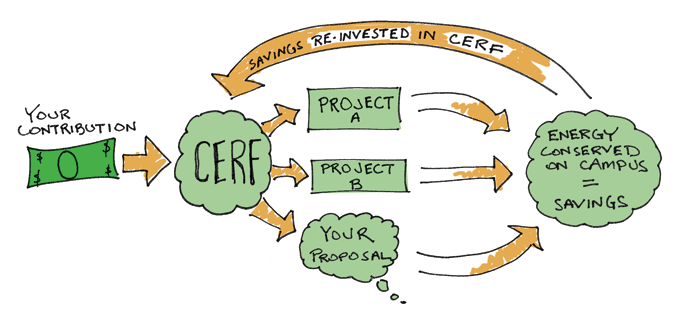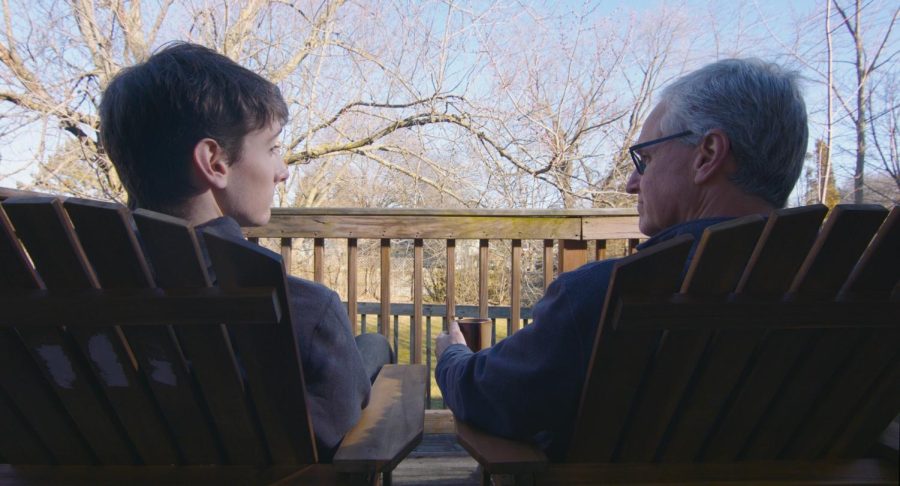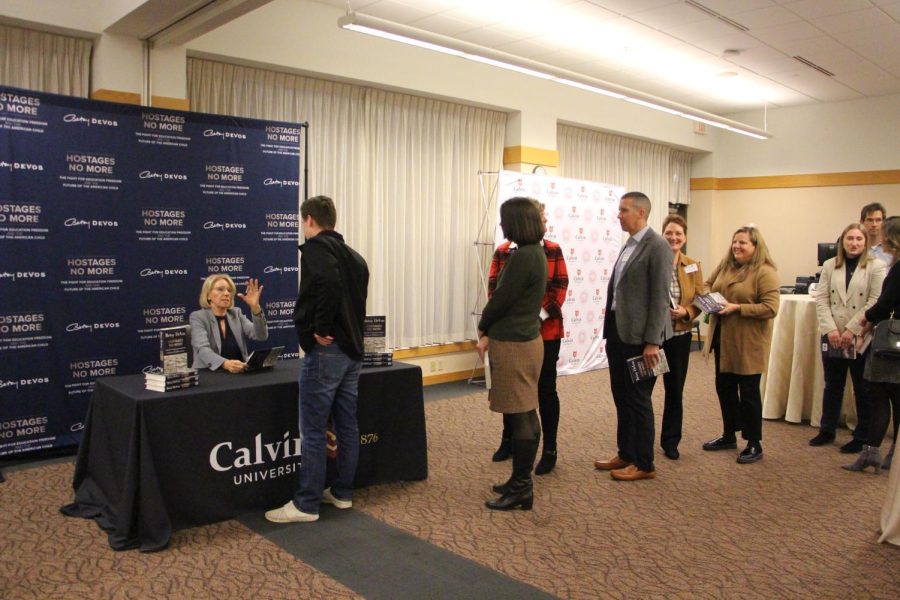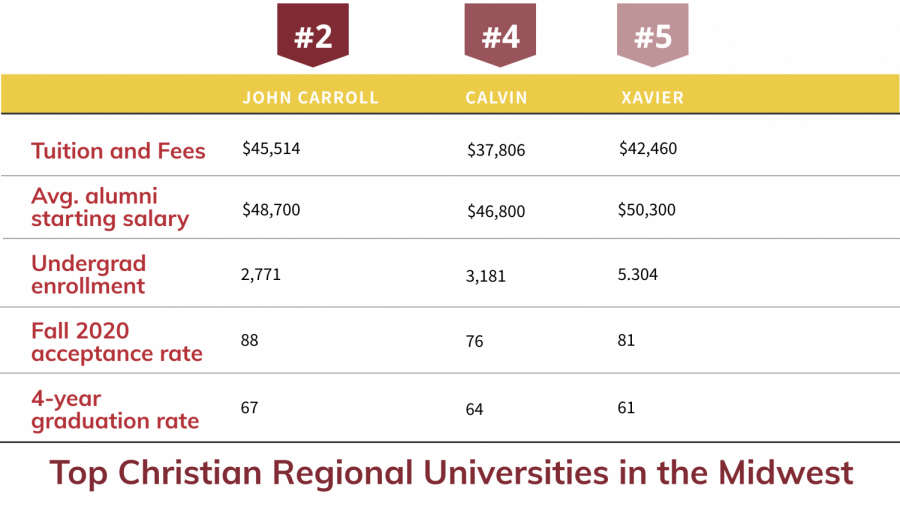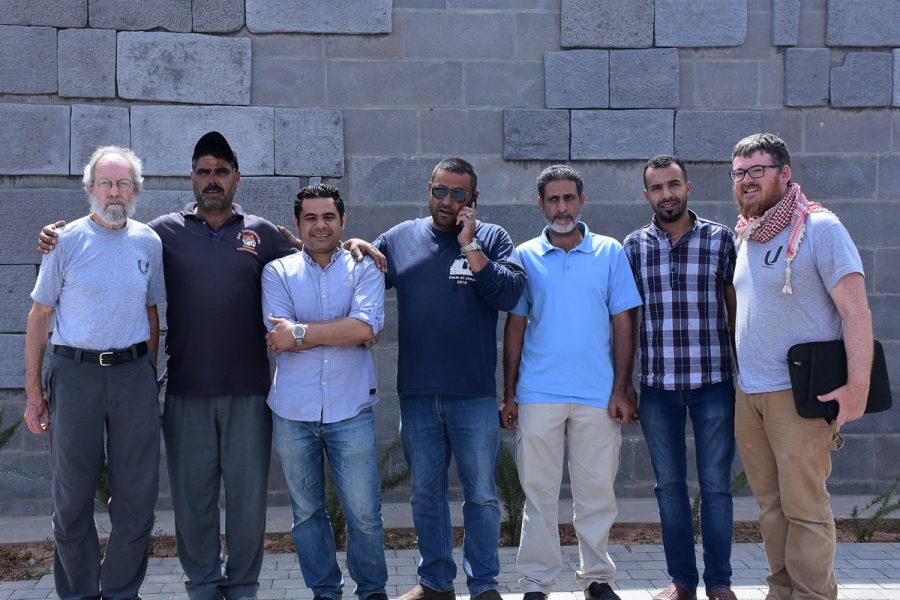The Calvin Energy Recovery Fund, or CERF, is a sustainability project that saves Calvin College energy and money every day.
According to Ryan Hoff, a senior engineering major and the CERF intern, CERF has saved Calvin $31,372, 343 metric tons of carbon dioxide and 498,148 kilowatt hours of energy since its creation in 2008.
CERF’s fund began with an initial grant, but is now supported by its projects.
“My favorite part [of CERF] is that once [a project] is going it doesn’t rely on money from the outside to keep it going, unlike many sustainability projects; we just recooperate the money saved and put it back in the account,” Hoff said.
The money moves in a circular direction from CERF to the implementation of energy-saving ideas. The money saved in the project goes back to CERF until the project is paid off. CERF continues to collect the savings for another five years, thereby ensuring enough capital for future CERF projects.
“Everyone wins,” Hoff claims about the project’s set-up.
“The computer shut-down project,” Hoff describes, was the first CERF initiative.
“Computers that are constantly turned on waste a ton of electricity and energy. CERF got technology that would shut the computer down when not in use,” Hoff explained.
This saved Calvin around $900 a month.
Some students may have noticed another more recent change brought about by CERF. Last summer CERF replaced the old lighting in North Hall with new, more efficient and higher energy lights and installed several motion occupancy sensors. The project cost around $46,788, but with the money saved through the upgrades, it will be paid off in close to four years.
“Anyone can submit ideas for projects,” Hoff said.
The Environmental Stewardship Committee (ESC) reviews the proposals — making sure they will fit CERF requirements. Hoff is eager for students to share the ideas. He said it’s students who can really see the energy inefficiencies and waste occurring around campus
Hoff mentioned several projects CERF is considering next. One potential project is an update on Calvin’s showers.
“Two and a half gallons per minute are used in Calvin’s current showers. We could install an upgrade that flows at one and a half to two gallons per minute. That would save five gallons of water for every 10-minute shower. When you think about it, with every student taking a 10-minute shower every day — we could save a ton of water,” Hoff explained.
CERF also hopes to install occupancy sensors in all the bathrooms on campus. This way, the lights would turn on automatically when someone enters the room. Hoff says the sensors already installed in the Science Building are working well and they hope to spread the good results all over campus.
CERF has been highly praised by the Calvin community at large.
“We give to CERF because it’s an innovative program that benefits Calvin’s campus, its students and God’s creation,” said alumni Beth and Matt Dykstra.
Henry DeVries, vice president of administration finance and information services, said:
“The college supports CERF because it empowers our students to realize they can make a difference.”
CERF even won public acclaim for Calvin in 2010 when the West Michigan Business Review gave CERF the “Greatest Green Initiative” award.
“CERF started fairly small, with lower scale projects,” Hoff recalls. “Now the project has started to feed money back faster and we’ve picked more donors. The CERF of the future will have the ability to do some great things.”




